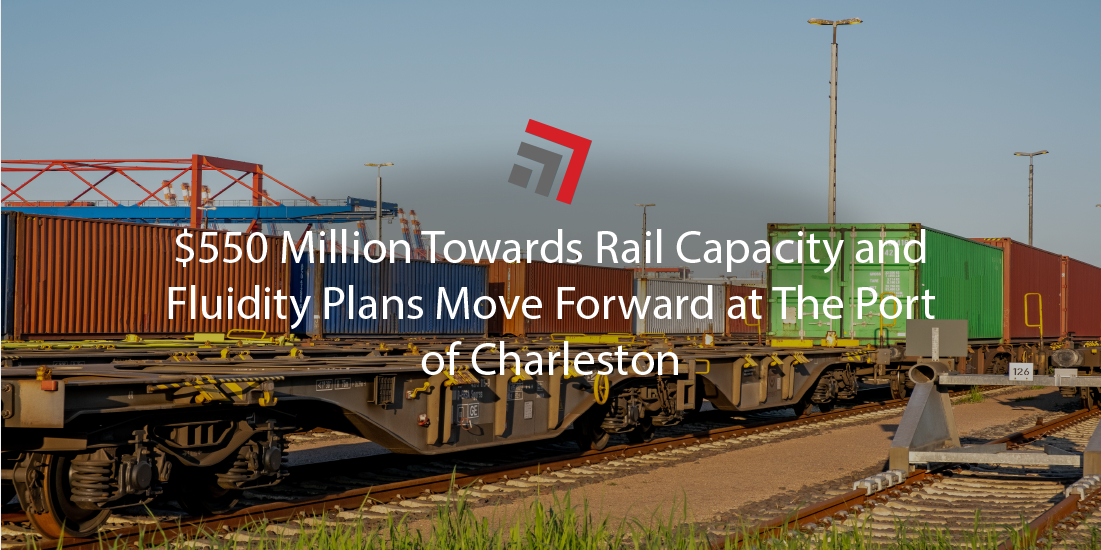The Port of Charleston is officially moving forward with their $550 million geared towards rail capacity and enhancing its fluidity and rail competitiveness.
This will make the South Carolina Ports Authority (SC Ports) the final U.S. East Coast port to have near-dock intermodal service.
What This Means for the Port
This year construction will begin on the Navy Base Intermodal Facility (NBIF), just one mile from the High K. Leatherman Terminal (HLT) in North Charleston. The port’s main rail partners – CSX and Norfolk Southern – will serve the facility, which is slated to open in June 2025, the Journal of Commerce reports.
Additionally, the port has seen rail volume grow almost double from what it was ten years ago. Ten years ago rail volume was around twelve to fourteen percent of total port volume, now it’s over twenty-five percent the port said.
Steve Kemp, Vice President of Intermodal, Chassis and Operations Projects at the South Carolina Ports details that they expected to continue to grow that rail volume number. “There’s opportunities in growth that we see now being able to do when we have a more efficient, more capacity available rail network,” he told the JOC.
The NBIF will also provide the SC ports with more independence regarding rail-related container movements and open the port to growth opportunities to its inland ports at Greer and Dillion, or other major cities somewhat nearby, like Atlanta and Charlotte.
Easing Road Congestion with Barge Project
NBIF will have 115 acres and will include eleven processing and storage tracks, four arrival and departure tracks, and six rail-mounted gantry cranes for movement to start, Kemp says. Additionally, about thirty miles of rail will be put together to build the terminal and the link to the local NS and CSX connection.
Of the $550 million allocated to the ports, $150 million of that will go towards creating an inner-harbor barge system that would streamline operations, as well as, transporting cargo on the water between Wando Welch and HLT. The ports say this will become a good alternative to tight truck capacity and will help ease road congestion.
The JOC says this barge project is expected to be completed along the same timeline as the intermodal facility, so around June 2025.
Looking Forward
We will continue to provide updates on the latest in the industry and more throughout the year and beyond. As always, should you have any questions or comments, please don’t hesitate to reach out to our team today!



Recent Comments